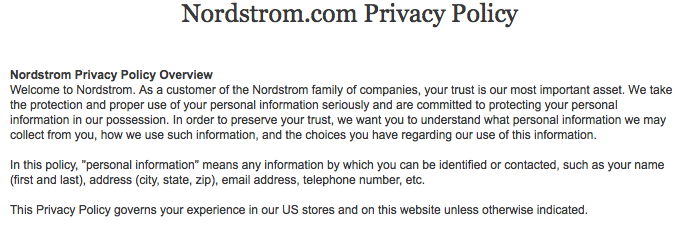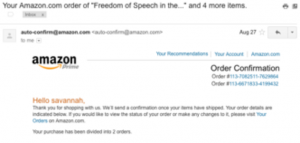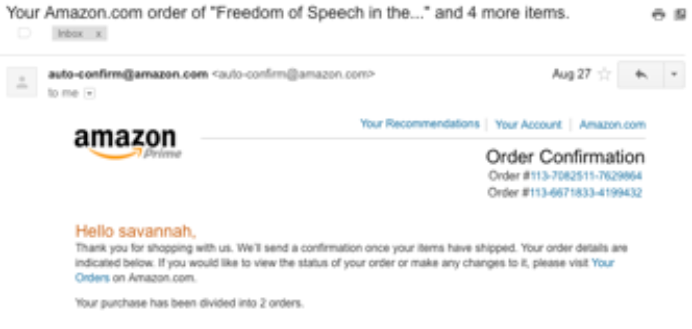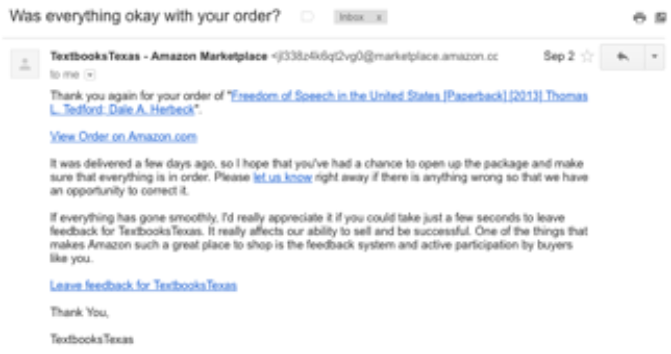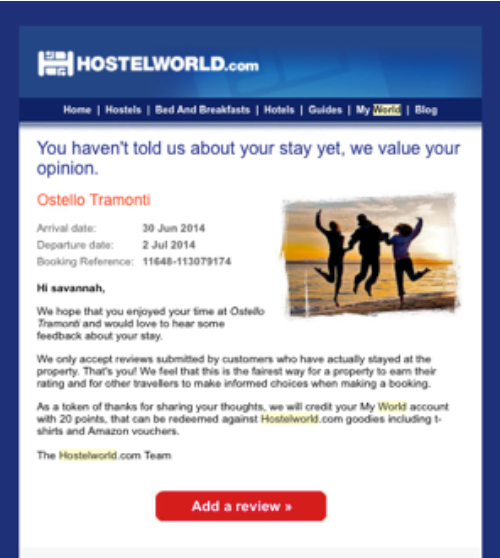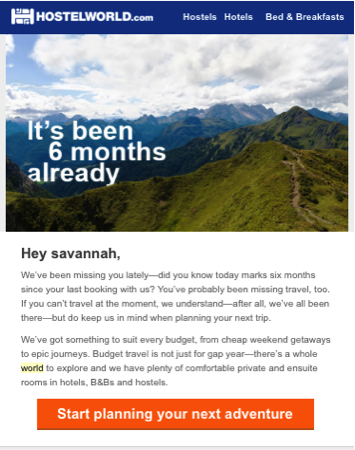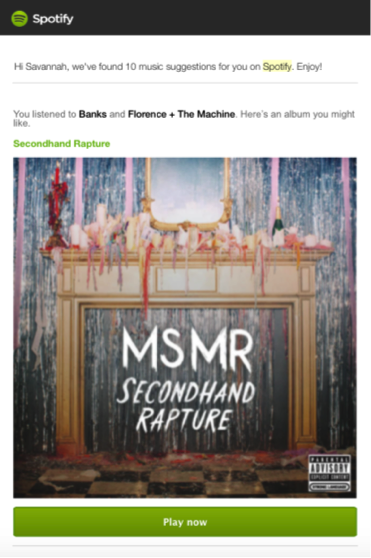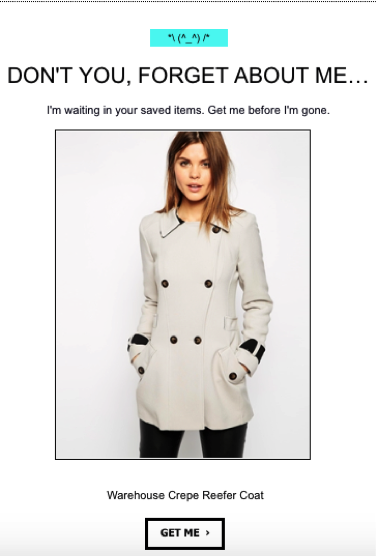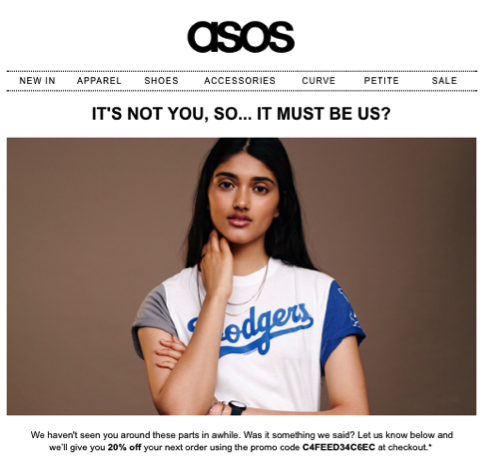With the increasing integration of technology and data in sales, there has never been a better time to use location intelligence in marketing. Using location data is too easy and too beneficial to ignore. Location features help businesses stand out amongst competitors and are a staple for today’s leaders in marketing. As the concept grows, customers are beginning to expect it when using technology in their shopping experience.
Location intelligence is a must for companies that want to be successful. Read on to find out why.
It’s too easy
Working with all types of data is easy, and location data is no exception.
With a quality Data Management Platform, businesses can store, manage, organize and analyze their data in one entity. Because companies are utilizing DMPs more than ever, there is now an abundance of platforms in the marketplace ranging in price and features. With several types of platforms on the market, companies are able to choose the DMP that best suits their needs in terms of performance ability and price.
The right DMP makes data easy to use and understand. And finding the right DMP is too easy for companies not to utilize.
It’s an asset to businesses
When companies think “big data” there are certain metrics that come to mind. Typically, businesses look at what is being purchased or who is doing the purchasing.

Location data is often underrated, but just as important.
Location data gives insight to consumer behavior based on a key demographic. When analyzed, this data shows geographic patterns and trends. Companies can use this information to segment their audience. These segments can then be targeted with personalized messages specifically designed to their wants and needs.
One company that utilizes the power of location data is Amazon. Through their Amazon Local feature, the company sends its consumers deals they may be interested in based on their location. For example, emails that I receive are based on my home address and contain offers just a few miles away from my house. All offers show how far away the brick-and-mortars are, which can be helpful for consumers who don’t want to make a far drive to use their deal.
It’s a customer favorite
If there’s anyone who values location data more than businesses, it’s their audience.
As businesses are beginning to include location data into their services, customers have become exposed to new interactive features that rely on location data.
One of the most loved features that uses location data includes a GPS element that shows shoppers where the nearest store location is. This feature is often available on apps or websites. Some companies have expounded on this ability by adding in-store pickup options for customers when they checkout online.
The ability to purchase online and pick up in-store is not universally used by all retailers – at least, not yet. A Forrester report says that 50% of consumers expect the option to buy online and pick up in-store. As companies gradually rely more on more on technology in marketing, this already large fraction will likely increase. Companies who have not implemented location services like this need to seriously consider doing so; otherwise, they risk being left behind with the technologically-impaired.
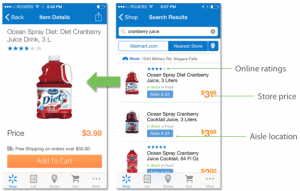
Consumers also love retailers that incorporate item locators into their business strategy. Large stores like Walmart can often be overwhelming. However, by introducing an app that shows an item’s availability and aisle location, Walmart turns a headache-inducing shopping experience into a 5-minute spree. Employees have commented that the feature, in some cases, has actually saved sales by making the shopping experience easier and more convenient for the customer.
Services that incorporate location data work because customers love them. Features with location intelligence make shopping experiences more convenient. And, because an easy shopping experience correlates with a powerful shopping experience, customers prefer marketing that considers location data.
Hungry for more?
Love reading about the latest in the datasphere? Learn more about some of today’s top data trends, or check out some recent case studies from Forbes that inspired this post.



